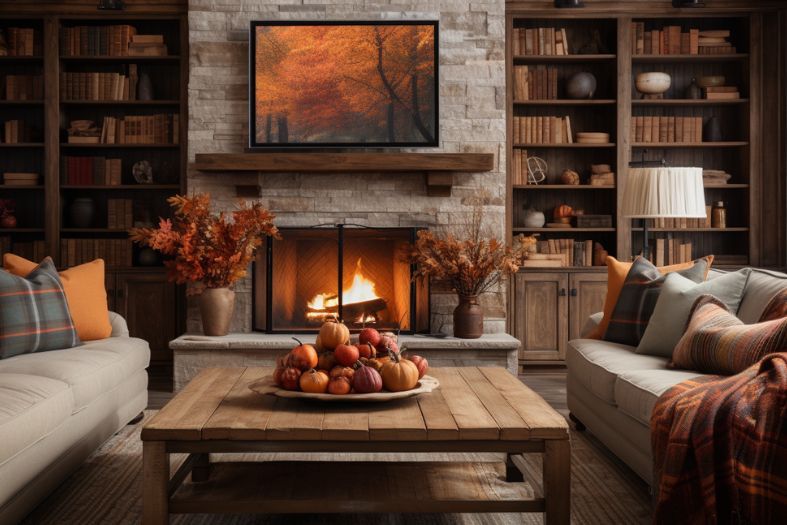
Fall Furnace Replacement: Your Ultimate Checklist for a Warm and Efficient Home
If your home’s furnace has been showing signs of wear and tear and you’re considering a new one, there are several important steps to consider. Preparing for a replacement of your furnace can include selecting an energy-efficient model with updated features, having the correct installation process provided by a professional technician, and understanding the importance of maintaining your homes new furnace for optimum performance.
Preparing for a Furnace Replacement
Preparing for a furnace replacement can be an overwhelming and daunting task. Before beginning the process of finding a new furnace and having it installed, it is important to carefully research and consider a number of factors. Firstly, you should know how much space you have for the new furnace. Not all furnaces are the same size, and certain models require more or less space than others. Once you have measured the available area, it is important to decide which type and size of furnace is appropriate for your needs.
Deciding on a fuel source is also necessary. Most furnaces are gas, electric, or oil powered. Knowing which type of furnace you want is important, as gas and oil furnaces require additional ventilation, while electric furnaces do not. Doing some comparative research on the various brands and models is wise before settling on one.
Similarly, before making a purchase, it is important to check who will install the furnace. Most furnaces come with warranties that will be void if the unit is not installed properly. Therefore, researching and interviewing different HVAC technicians is essential. Make sure to ask them any questions you may have and determine whether the technician is adequately certified. After you have hired an installer, you should double-check that all necessary permits for replacing your furnace have been obtained.
Finally, it is also important to consider the costs associated with a new furnace. Depending on the size, make, and model, the price of a new furnace can vary considerably. You may need to budget for additional costs such as shipping costs, ductwork, and installation fees. Consequently, you should plan ahead and ensure that you have the budget to accommodate these extra costs that may be encountered.
Selecting an Energy-Efficient Furnace
When selecting an energy-efficient furnace, one of the most important factors to consider is its Energy-Star rating. Energy-Star rated products are certified to use less energy and emit fewer pollutants when compared to standard models. They also come with improved air quality, improved system performance, and lower electricity and gas bills. In addition to the Energy-Star rating, it is also important to consider the size and type of furnace. The size should be adjusted based on the size of the home – if the furnace is too large for the home, it will be less energy efficient and have to work harder to heat the home. Similarly, the type of furnace should also be taken into consideration. A gas furnace is usually more energy efficient than an electric furnace, but one should also consider the cost and ease of installation depending on the home’s infrastructure.
When shopping for an energy-efficient furnace, it is important to look for additional features that can further improve its energy efficiency. Sealed combustion systems, multiple speed motors, variable speed fans, Wi-Fi and programmable thermostats, and pre-filter systems are just a few of the features that can reduce energy consumption. Similarly, selecting a furnace with a high-efficiency filtration system is also important in order to improve indoor air quality and extend the life of the furnace.
Finally, once the selection process is complete, it is important to choose an experienced HVAC contractor who has experience with energy-efficient furnace installation. A qualified contractor can ensure that the furnace is installed correctly and can make repairs in the event of any problems. As a result, it is important to consider all of these factors when selecting an energy-efficient furnace for the home.
The Installation Process of a New Furnace
The installation process of a new furnace can be an involved and tedious process requiring the help of professionals. It is wise to consult with an HVAC contractor who can provide insight on whether the existing furnace can be tailored to the needs of the home or if a new one should be installed. The technician can examine the wiring and insulation of the home to determine size and type of furnace that would best suit the home.
Once the appropriate furnace is determined, the homeowner should make certain that the contractor has the necessary safety and building permits for the installation. The contractor should also confirm that the area around the furnace is properly insulated and draft proofed in order to bring out the most efficient performance. They will then determine the correct fuel source and its size in relation to the building’s size. In addition, the contractor will ensure that a proper exhaust system is installed to vent the exhaust and combustion gases away from the building.
Before the installation can begin, the contractors will start by disconnecting the existing furnace and disconnecting its power source. The contractors must also decide the best location of the new furnace and ensure that the area is free of any combustible materials. After it is located and secured to the home, it will be connected to the home’s electric, gas, and ventilation systems.
Therefore, although the installation of a new furnace is an involved process, having proper guidance and contracting will make certain the furnace is installed correctly in accordance to the building codes. It is most important to use experienced professionals to ensure the process is carried out successfully and safely. You can rest assured knowing that the furnace will be up and keeping their home warm and comfortable in no time.
Maintaining Your Homes New Furnace
Maintaining a new home furnace is important for keeping it running efficiently and avoiding costly repairs. The first part of maintaining a home furnace is to understand how it works. Central furnaces, for example, are powered by natural gas and provide heat throughout the home by blowing warm air through a series of ducts. On the other hand, boilers are powered by electricity or natural gas and provide heat by circulating hot water through a series of pipes in the walls and floors. Understanding some furnace maintenance basics can help ensure that the home furnace remains in good working condition.
Regularly changing the system’s air filters is an important component of furnace maintenance. Most air filters should be changed every one to three months, depending on the type of filter being used and how often the furnace is used. In addition, an annual check of the furnace by a qualified technician can help to identify any issues that need to be addressed. Similarly, by touching up rust spots with rust-resistant paint and checking all exterior vents for blockages on an annual basis, minor issues can be prevented from becoming serious ones.
Finally, keeping furnace flues and ducts clean and free of any debris, such as insulation, plaster, or dust can help to optimize the furnace’s efficiency and effectiveness. As a result, the flues, ducts, and their connections should be inspected on a regular basis. It is also important to keep the area surrounding the furnace clean and free of any combustible items to reduce the fire hazard. Having an understanding of these furnace maintenance basics can help make sure a home furnace remains in tip-top shape, saving energy and costs.
Final Thoughts
In conclusion, preparing for a furnace replacement requires a lot of research, from selecting an energy-efficient furnace that meets your home’s heating and cooling needs, to researching and selecting an HVAC contractor to properly install the furnace. In order to ensure a properly installed furnace, it is important to ask your contractor questions to determine their experience and certifications. Once the furnace is installed, be vigilant in checking the filter at least every two months, as well as scheduling annual maintenance for the furnace to ensure that it remains running efficiently and lasts for many years.
Frequently Asked Questions
When is the best time to replace a furnace in the fall?
The best time to replace a furnace in the fall is typically between late September and mid-November. This is because it’s not too hot outside and the furnace has not yet been put under the stress of winter. However, if your furnace is exhibiting signs of issues, such as frequent breakdowns, unusually high energy costs, short-cycling or loud noises you may need to replace it sooner than that.
What are the signs that my furnace needs replacement?
1. You experience more repairs than usual.
2. Your furnace is more than 15 years old.
3. You hear strange noises or see visible signs of damage.
4. Your energy bills have suddenly skyrocketed.
5. Your furnace is producing inconsistent temperatures.
6. Your house is no longer getting properly heated.
7. There is visible rust in or around the furnace.
8. The pilot light is yellow or orange.
How can I choose the right-sized furnace for my home?
The best way to choose the right sized furnace for your home is to have a licensed HVAC contractor come to your home and do a thorough inspection. They will need to measure and inspect your home’s insulation, windows, windowsills, doors, and locations of insulated walls that the furnace will be trying to heat or cool. With this information, they’ll be able to give you an accurate estimate of the size furnace that is needed to most efficiently and effectively heat and cool your home.
What are the benefits of upgrading to an energy-efficient furnace?
1. Lower energy bills: Upgrading to an energy-efficient furnace can help you save money on your monthly energy bills by using less energy to heat your home.
2. Improved Comfort: Newer furnaces are designed to more evenly distribute heat throughout your home, resulting in better temperature consistency and improved comfort.
3. Increased safety: Energy-efficient furnaces burn more efficiently, resulting in fewer potentially hazardous fumes and a cleaner burning process.
4. Longer lifespan: Energy-efficient furnaces can have much longer lifespans than their non-efficient counterparts, which can save you money in long-term repair and replacement costs.
5. Reduced environmental impact: Energy-efficient furnaces use less energy, which helps reduce your environmental footprint and the strain on your local energy grid.
Table of Contents
More Articles
Categories
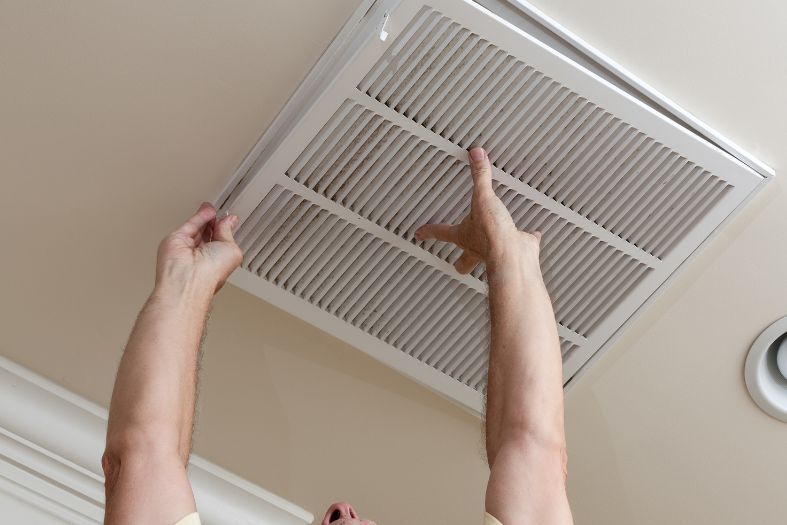


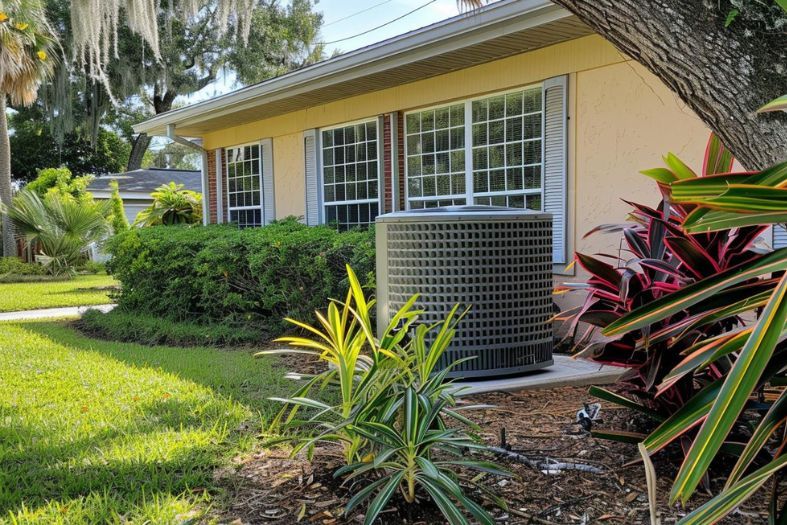

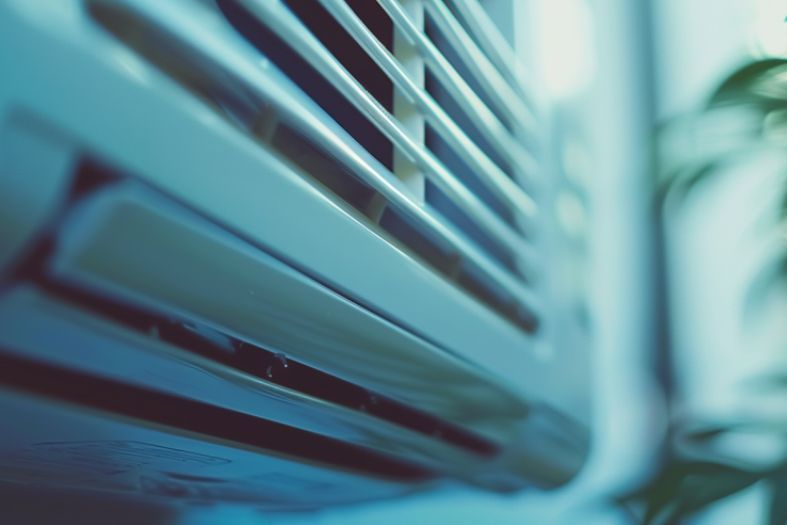
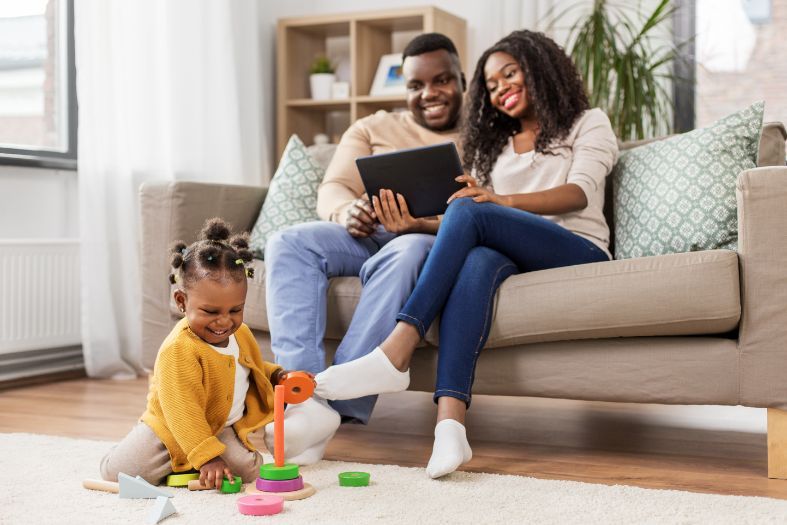

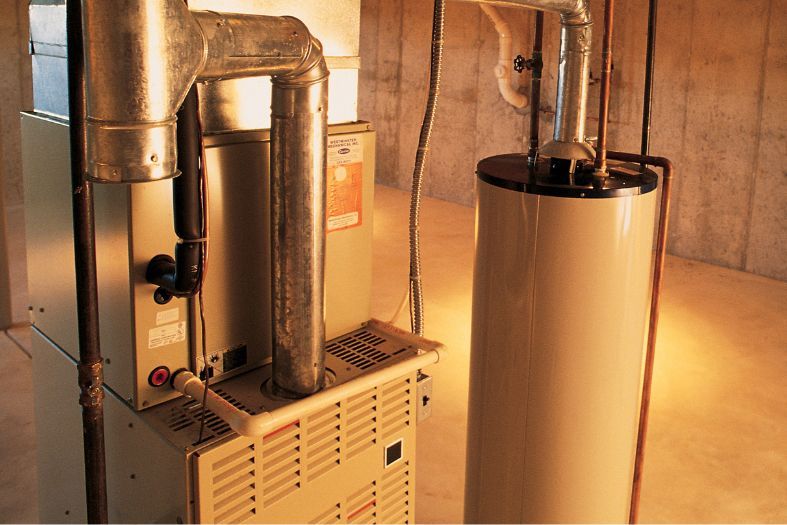

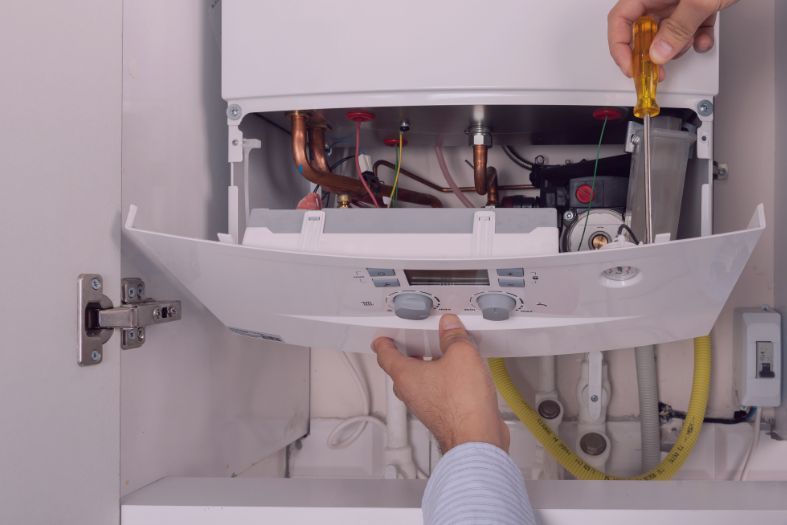
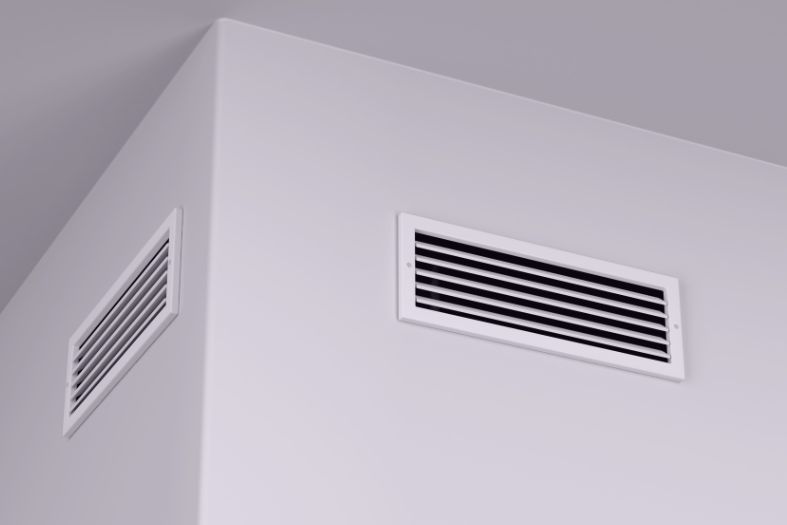
Leave a Reply